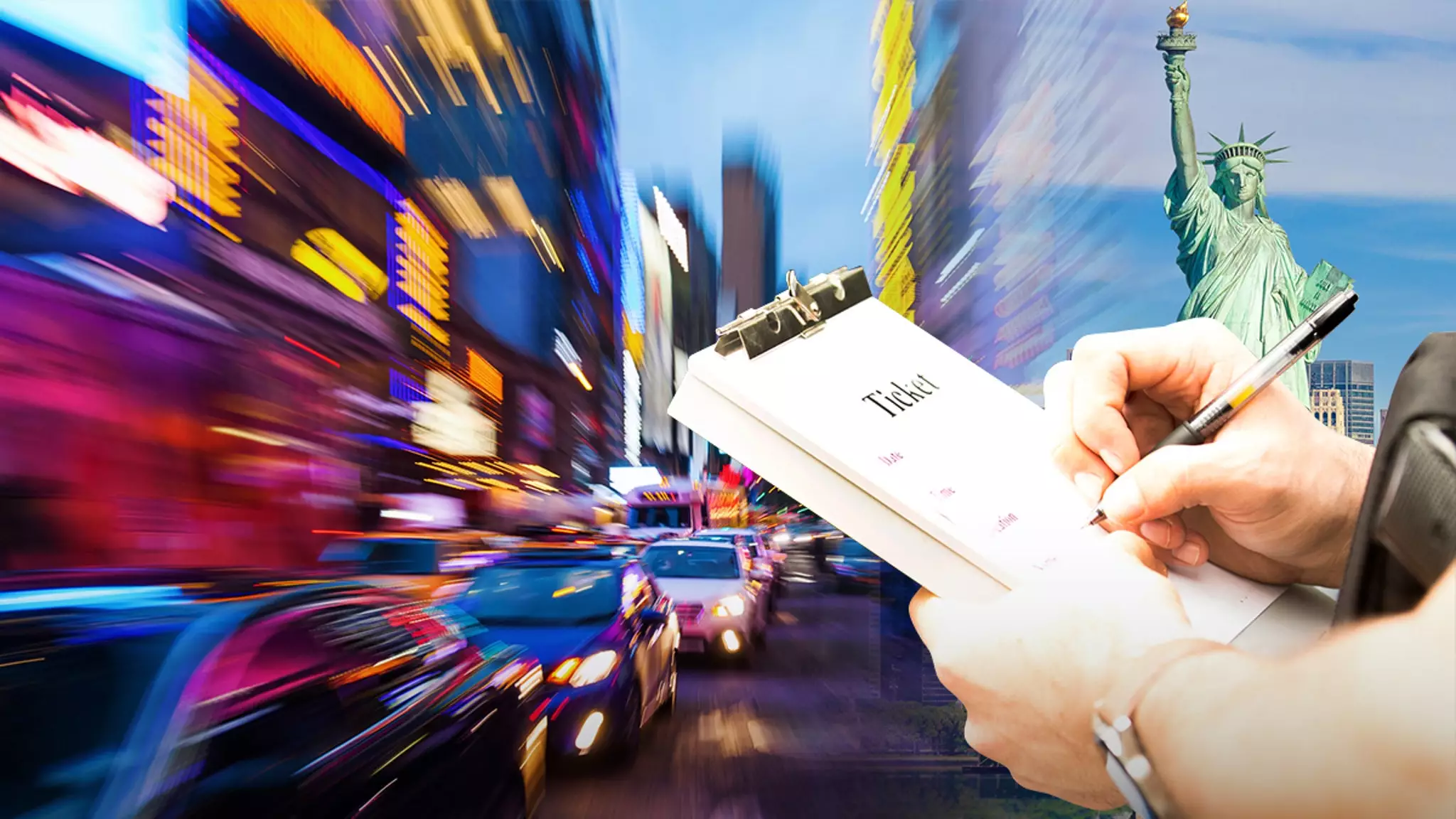Speeding has long been a significant issue within bustling urban environments, where the threat to pedestrians and cyclists looms larger than ever. In cities like New York City, where narrow streets meet a vibrant mix of vehicular and foot traffic, the challenge of maintaining safety is paramount. A proposed initiative aimed at curbing repeat offenders with accelerator-restrictor technology promises to shake up how authorities approach speed regulation, focusing particularly on areas where vulnerable populations, such as children, are frequent.
A Closer Look at Intelligent Speed Assistance
The revolutionary idea at hand is the implementation of Intelligent Speed Assistance (ISA), which utilizes GPS data to dynamically manage the speed limits of vehicles based on their location. The proposal isn’t just a fanciful tech upgrade; it represents a seismic shift in public safety policy. Current records indicate that several drivers have amassed hundreds of speeding violations in a single year, prompting the need for legislative action. The core of this initiative is straightforward: prevent chronic speeders from accelerating beyond designated limits, particularly in zones where children play.
Cities like Virginia, Georgia, and Washington, D.C. have already begun instituting laws necessitating the installation of ISA devices for convicted speeders. New York City’s consideration of a similar framework places it at the forefront of an emerging trend that looks to tackle road safety through innovative technology rather than purely punitive measures. A stark truth surfaced during the NYC City Council discussions: simply suspending driving licenses has proven ineffective, as research shows a staggering 75% of those with suspended licenses still take to the roads.
A Controversial Yet Necessary Measure
The debate around ISA technology in New York has ignited passionate discussions among council members and constituents alike. While advocates like Transportation Alternatives argue for these measures, highlighting persistent safety issues due to reckless driving, critics may voice concerns about personal freedoms and the overreach of technology in everyday life. However, the statistics detailing the number of accidents and fatalities linked to speeding present an undeniable case for such action.
Interestingly, proponents of this initiative underscore that the technology enhances vehicles’ safety without taking away the driver’s autonomy in a drastic manner. The goal is not to criminalize drivers but to create an environment where road users can coexist with fewer risks. As Alexa Sledge from Transportation Alternatives notes, keeping reckless drivers behind the wheel without effective control measures could lead to catastrophic outcomes.
The Road Ahead for New York City
As the New York City Council deliberates on whether to endorse this groundbreaking initiative, the city stands at a crossroads. Should it prioritize the safety of its residents over the convenience of a few repeat offenders? The potential adoption of ISA could signify a shift toward a more proactive approach to road safety, reducing unnecessary risk while encouraging responsible driving behavior.
While some may label these measures as draconian, the imperative need for safety in neighborhoods where families thrive justifies such actions. The momentum built by advocates for ISA technology highlights a growing recognition that modern urban challenges require innovative responses, not archaic solutions that fail to address the root of the problem. The discussions happening today will set a precedence for how cities across the nation approach the mounting issues of speeding and road safety in the future.

